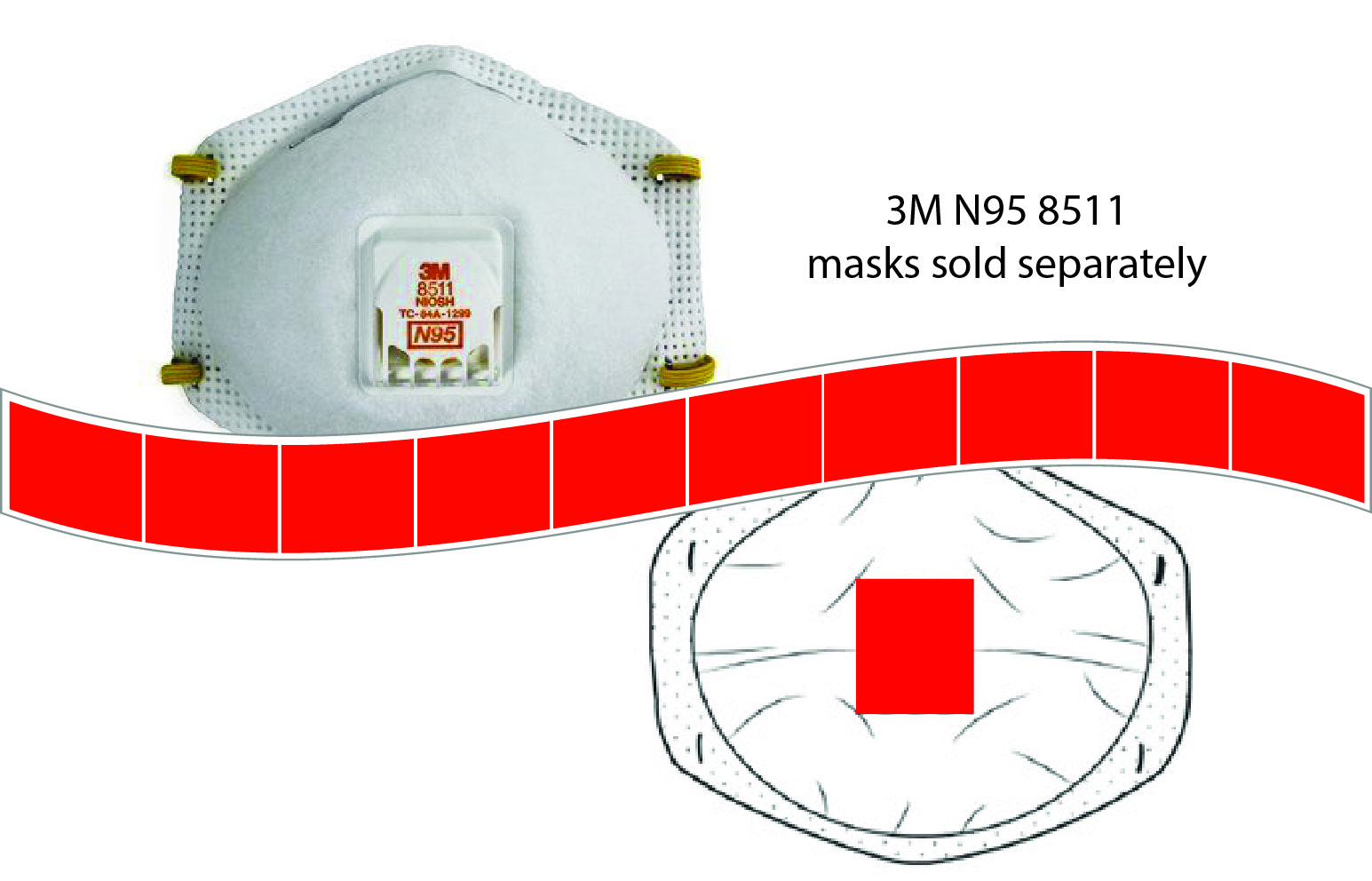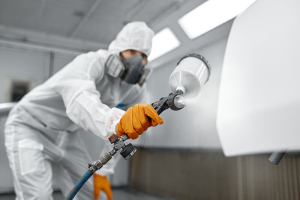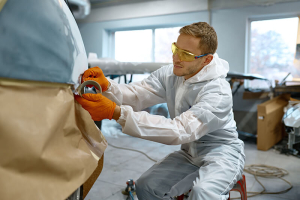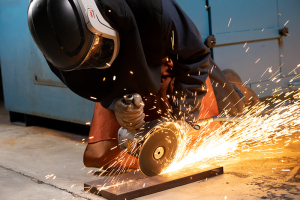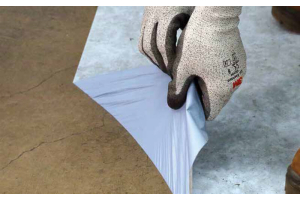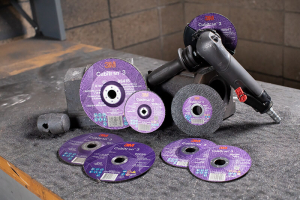Do Exhalation Valves Compromise the Respiratory Protection of N95 Masks?
Most employers charged with protecting workers from environments that pose respiratory risks are familiar with the use of disposable particulate respirators, especially those of the N95 variety. And while these types of masks have been leveraged in certain work settings for decades, the emergence of the Covid-19 pandemic has brought about an unprecedented need for—and accompanying questions about—these respirators.
Specifically, there has been some confusion surrounding the efficacy and safety of N95 masks equipped with an exhalation valve. To help employers get clear answers on the subject, we're taking a moment to lay out the facts and details so you can make a more informed decision about the best respiratory protection to meet your company's needs.
What is an exhalation valve, and how does it work?
Exhalation valves are designed to make disposable particulate respirators easier to breathe through, and are added to some respirator models as a comfort feature for wearers. They are especially helpful for workers who operate in hot, dusty environments over long periods of time, and are suited for physically demanding work that causes heavy breathing.
The valve provides an opportunity to open during exhalation and allow exhaled air to exit the respirator, thereby reducing breathing resistance for wearers. During lower breathing rates, the exhalation valve may not open at all (or very far) during exhalation.
The 3M™ 8511 filtering facepiece respirator, for example, is an N95 cup-style respirator with an exhalation valve. This disposable N95 particulate respirator features the proprietary 3M Cool Flow™ Valve and helps provide comfortable, reliable worker respiratory protection. Despite limited supplies, it is the most commonly found N95 mask on the market today.
Do exhalation valves compromise respiratory protection?
The answer is a definitive one: No, exhalation valves do NOT impact a respirator's ability to provide respiratory protection. In fact, the CDC states that "A NIOSH-approved N95 filtering facepiece respirator with an exhalation valve offers the same protection to the wearer as one that does not have a valve."
3M valved respirator models are tested and certified by NIOSH (National Institute for Occupational Safety & Health) as respiratory protection devices in the same manner that respirators without valves are certified. For example, a 3M 8511 valved respirator provides the same respiratory protection as a 3M 8210 respirator that does not have a valve, since both are certified by NIOSH as N95s. When properly selected and worn, both valved and non-valved respirators will help reduce the wearer's exposure to airborne particles, including potentially infectious aerosols.
So, why are some employers still concerned about employee safety with regard to using valved filtering facepiece respirators? Essentially, it has to do with the mask's level of source control. Whereas forms of respiratory protection are designed to protect the wearer from airborne particulates, source control is about protecting others. This has become especially relevant at a time when minimizing the spread of Covid-19 is a major factor in work environments.
The CDC has called for individuals to be wearing face coverings that provide source control in many situations. Source control is defined as "the use of masks to cover a person's mouth and nose and to help reduce the spread of large respiratory droplets to others when the person talks, sneezes, or coughs." Regarding this issue, the CDC explains that "...an N95 filtering facepiece respirator with a valve may not provide the same level of source control as an N95 without a valve." Fortunately, there's a way to remedy this matter.
How can an employer ensure equivalent source control with valved N95s?
Some situations don't allow for the use of respirators with exhalation valves. Although the CDC has data from NIOSH that shows valved filtering facepiece respirators can provide source control similarly to or better than surgical masks and unregulated barrier face coverings, there is an available option for users of certain filtering facepiece respirators who are still concerned about source control. "To make an N95 have similar source control to one without a valve," says the CDC, "follow the manufacturer's instructions to cover the valve."
Because filtering facepiece respirators with exhalation valves are typically more readily available and easily obtainable compared to other N95 respirators in today's market, they can be a great option for employers who are looking for filtration efficiency and source control. To eliminate the issue of potentially lesser source control than non-valved alternatives, the 3M 8511 filtering facepiece respirator now comes with an approved NIOSH solution in the form of a tape that can be used to cover the exhalation valve from the inside. (The outside can also be covered if a visual indication is desired.)
This approval was granted because the 3M™ tapes were evaluated and tested, and they follow the requirements of the NIOSH regulations. It is important to note that using a tape that is not a NIOSH-approved accessory may void the regulatory approval of the respirator.
NIOSH has approved the following 3M™ Multi Use Duct Tapes as accessories for the 3M 8511 filtering facepiece respirator:
- Black (3920-BK, 3960-BK)
- Red (3920-RD, 3960-RD)
- White (3920-WH, 3960-WH)
- Blue (3920-BL)
- Brown (3920-BR)
- Green (3920-GR)
- Orange (3920-OR)
- Yellow (3920-YL)
With proper application and use of this NIOSH approved accessory tape, the 3M 8511 valved filtering facepiece respirator is EQUALLY as effective at providing source control as non-valved N95s. To get a more in-depth explanation of this solution from our VP of Operations, Chris Brackett, check out this informative video. Or to access the specifics on how this tape is inspected, applied and pressure checked, refer to this product reference sheet.
For detailed information about how our N95 products can support your workplace's respiratory protection efforts, visit our product page or reach out to our team of experts.




